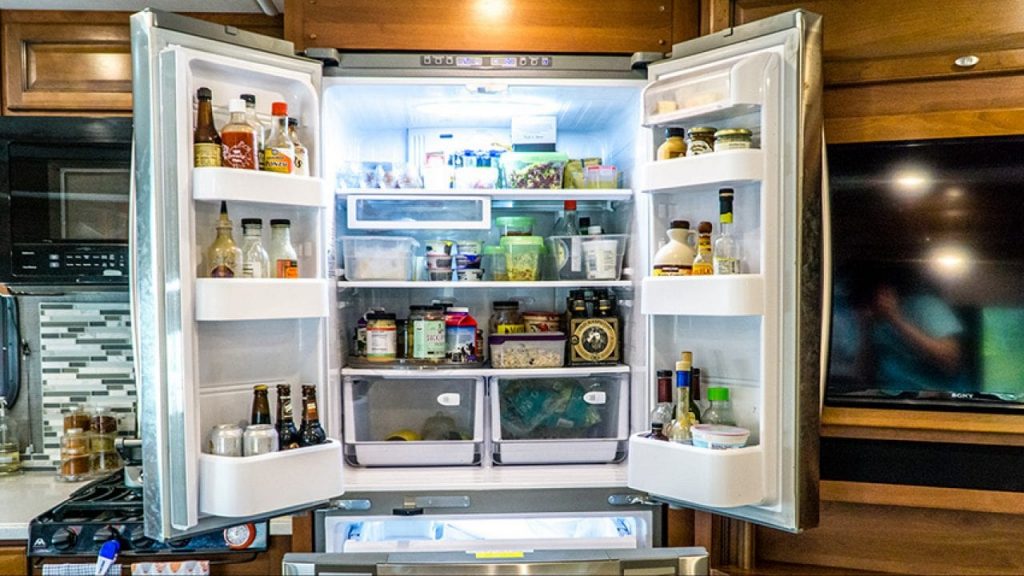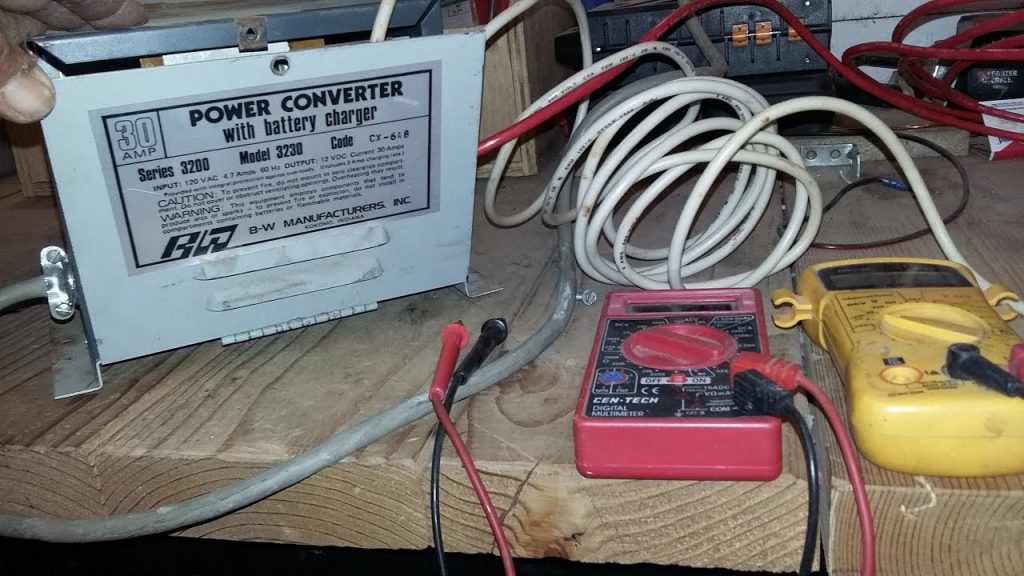Recreational vehicles give you the freedom of taking the comfort of your home on the road. You can keep all the gadgets and accessories running because all these vehicles have their own power systems. One vital component of this power system is the converter. When it shows trouble, you cannot run the household appliances and electronics. How to test RV converter so you can check the system before hitting the road?
A motorhome needs more power than regular vehicles on the road. A converter is essential to secure that amount of power. This component converts the current to a 12-volt DC battery from the 110-volt AC power.
Contents
Why Is a Converter Necessary?

The converter makes it possible to use the vehicle’s electricity for appliances and electronics. Every amp of electricity runs through the converter before powering up the microwave oven, refrigerator, and TV. Besides, your laptops, smartphones, and other necessary devices also require the 12-volt DC current to be charged up.
A converter issue can set you back during a road trip. Before setting on to your next RV journey, check the power converter to see if it is working correctly.
You may also like: How to Tell if RV Converter is Bad?
How to Test RV Converter: The Components to Look into
How do you know that the converter is having some troubles? It’s easy. You can be sure of it when the 12V batteries can no longer conserve charge constantly. How to test RV converter to determine whether it needs repair or replacement? Let’s find out.

AC Voltage Trial
The entry point where the 110V AC supply enters the converter or in the 12V DC breaker box could be the first place to start examining converter troubles. Use a voltage meter to examine whether the power is going to the converter charger.
A voltage reading between 108 and 130 volts at the 110V AC supply’s entry point is normal and won’t damage the appliances and other devices. A range between 11 and 13V is fine for the 12V breaker box.
Check the Batteries
Instead of the converter, the problem could be with the RV batteries too. How to examine them?
Charge the batteries fully and then disconnect them. Then, use a multimeter to check the charge of each battery. Defective batteries won’t be able to maintain a constant charge.
Disconnecting them from one another is necessary. If you don’t do that, faulty units will siphon charge from the good ones.
Look into the Power Converter Fan
The fan keeps all components in the converter cool enough for proper functioning. Electricity runs through the thermostat or thermal sensor to the cooling fan. At first, check whether the current is passing through the thermostat or the thermal sensor. If they are working fine, check the fan’s condition by supplying current directly to it, bypassing the sensor.
Either the fan or the thermostat will be at fault. Replacing the fan is relatively easier and less expensive. You just have to find one that runs on the same voltage and amperage of the RV converter.
Examine the Converter
Checking the converter itself is an important part of how to test RV converter. Instead of the power source and accessories, the converter could be at fault.
There are several components to look into to determine the reason for the converter not functioning properly.
Circuit Breakers
The breakers on the converter’s circuit board could be the component that is creating problems. Be careful when opening the breaker panel and checking the breakers. In fact, you should not do it without having a proper knowledge of electrical equipment.
Examine all circuit breakers to see if they are working or if there is any visible damage. Change the faulty ones and then close the panel. Next, disconnect the 110 AC power from the pedestal and check its backside by removing the electrical panel. Clean the wire terminals or connector tabs if they are dirty. However, cleaning won’t work if these points have accumulated acid.

READ MORE:
Resistors & Diodes
How to test RV converter when it uses resistors? Some converter models use resistors to control the voltage of onboard batteries and the 12V DC power system. A multimeter testing is enough, and readings between 3 and 13 volts are considered normal.
Testing the diodes is rather difficult. If you have proper knowledge about it, use a digital multimeter to check whether these components are working properly.
Fuses
A fuse protects an electrical system in the event of an electrical surge. It blows up and breaks off the connection between two points to protect the system. You can use a voltage tester to check whether the fuses in the converter are working or not.
RV Converter Troubleshooting

You now know how to test RV converter, but what to do after identifying any of these problems?
Replacing or repairing defective parts is a cost-effective option. But if multiple components in the converter are defective, you have to replace the whole unit. However, a new converter costs a couple of hundred dollars.
